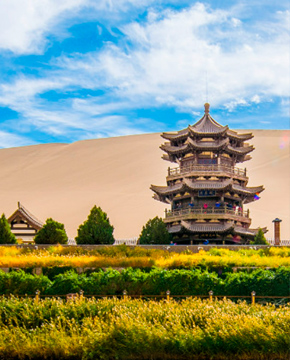Duku highway from (Dushanzi to Kuche highway). A total length of 561 kilometres, connecting the northern and southern Xinjiang highway. Across the deep and lofty mountains and canyons, connecting the number of ethnic minority settlements. Its penetration has shortened the distance between North and South Xinjiang, which can be regarded as a monument in the history of China's highway construction.
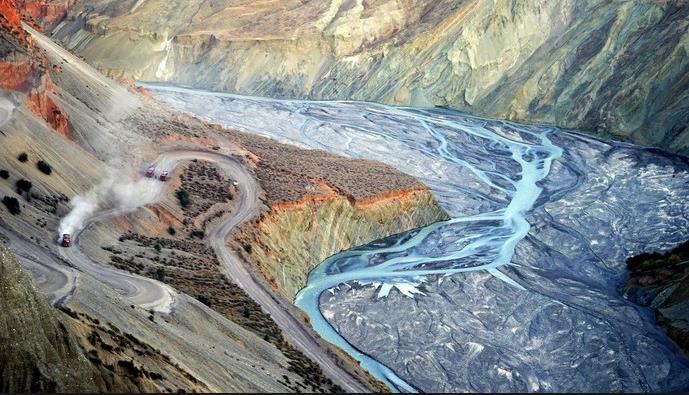
This is a definitively unforgettable highway, through the Tianshan Mountain, there's many lofty plus steep mountains and beautiful landscape. the road has condensed many human spirit and natural connotation, in order to build this road, thousands of soldiers fought for 10 years, 168 of them have laid down their precious lives. So this is a heroic road, which gathered many stupendous scenery of Xinjiang.The route runs through the middle part of Tianshan Mountains, throughout the journey the intrusive rocks, volcanic rocks, sedimentary rocks and their metamorphic rocks of various periods and some Several large-scale tectonic lines of Tianshan Mountains can be observed.
The ophiolite suite of the North Tianshan Mountains consists of peridotite, gabbro diabase, Pillow Basalt and radiolarian siliceous rocks, and the ultramafic belt near the Hashilgen fault, Carboniferous volcanic rocks in the eastern margin of Yining Basin and Jurassic coal-bearing rocks in the eastern margin of the basin, Eyeball-shaped mixed gneiss, actinolite schist and mylonite of the Middle Proterozoic in Laertundaban, Silurian, Devonian, Carboniferous associated salt and clastic rocks of the Harkeshan Mountains and abundant corals, brachiopods, stratiform foraminifera and fossils, and integrated contact relationship of the Silurian-Devonian System Early Devonian pillow basalts, radiolarian siliceous rocks and ferromanganese ore beds, wind erosion landforms and neotectonic movement traces formed in Mesozoic and Cenozoic of Kuqa Basin, along the Gobi Oasis, alpine tunnels, modern glaciers, beautiful forests, grasslands, alpine lakes and Swan nature reserves can be sightseeing.
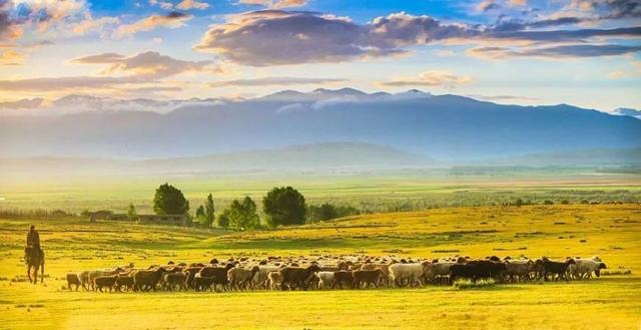
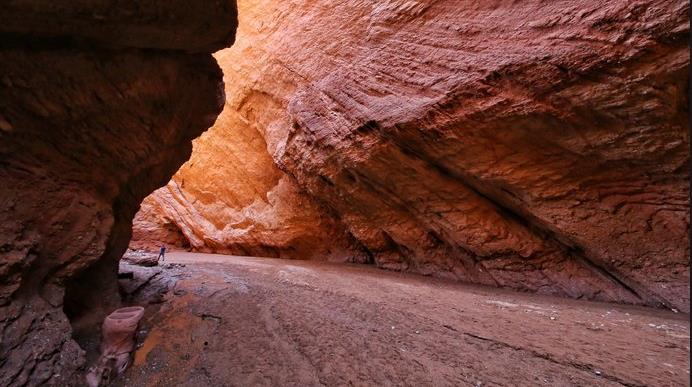
In addition, there's some unique landscape such as Nalat Grassland, Dragon Lake, Tianshan mysterious Grand Canyon(Kuqa Grand Canyon), Kizilia landscape, Qiaoerma, Bayinbuluk Grassland, Gongnaisi National Forest Park, Dushanzi Grand Canyon and other beautiful natural landscape, which will attracts a large number of tourists to visit every year.
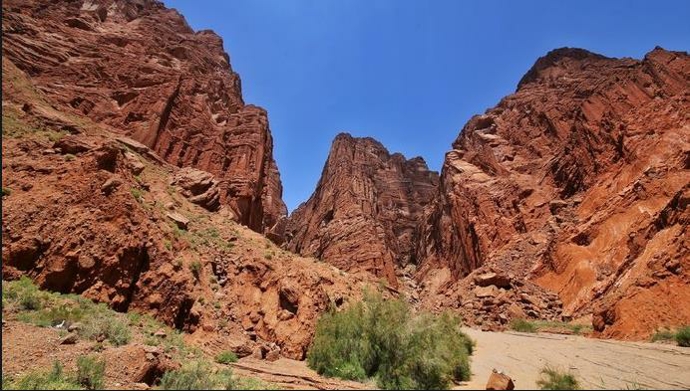
Tianshan mysterious Grand Canyon(Kuqa Grand Canyon):
Located at the southern foot of the Tianshan Mountains, the mysterious Grand Canyon(Kuqa Grand Canyon) is composed of reddish-brown mountain groups, natives call it ‘Kizilia'. The canyon runs north to south, it total length of more than 5,000 metres. Is a rare natural wonder in China, which is formed by wind and rain erosion plus torrential flood erosion.
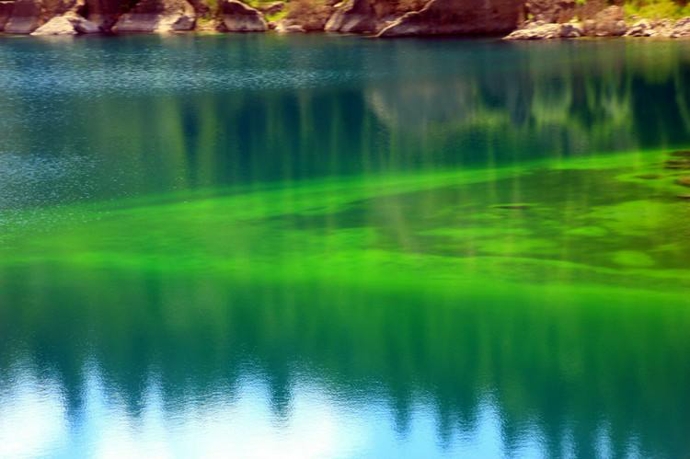
Dragon Lake:
Crossing the dangerous Tianshan Mountains, there are two alpine lakes, such as two emeralds inlaid on the hillside surrounded by snow peaks, which are called the Large and small Longchi of the South Heaven Lake.
Surrounded by mountains, the water is melted into the Tianshan snow water, which is quite attractive. The scenic area with a pleasant climate, green grass with a dense growth of evergreen trees and formed a "land of idyllic beauty".
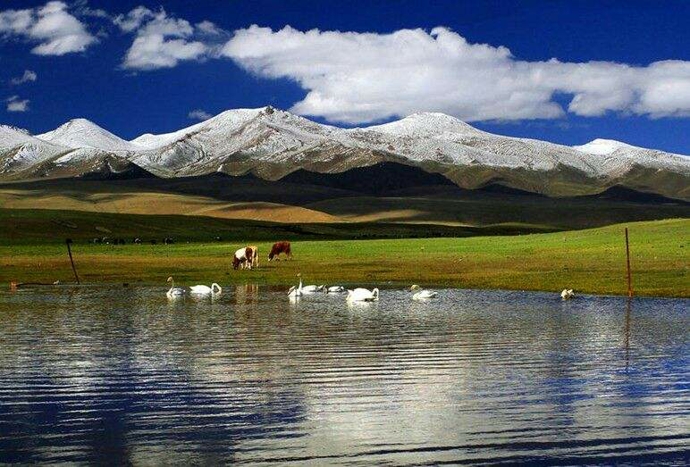
Bayinbuluk Grassland:
Bayinbuluk Grassland is the second largest grassland in China, locate in the Bayinbuluk Basin of the Tianshan mountains in northwest of China. The terrain is mostly flat, and encompasses a middle section of the ‘ Kaidu River' (Peacock River). The reserve is 200 kilometres northwest of northwest of Korla in the Bayingolin Mongol Autonomous Prefecture of Xinjiang Uyghur Autonomous Region.
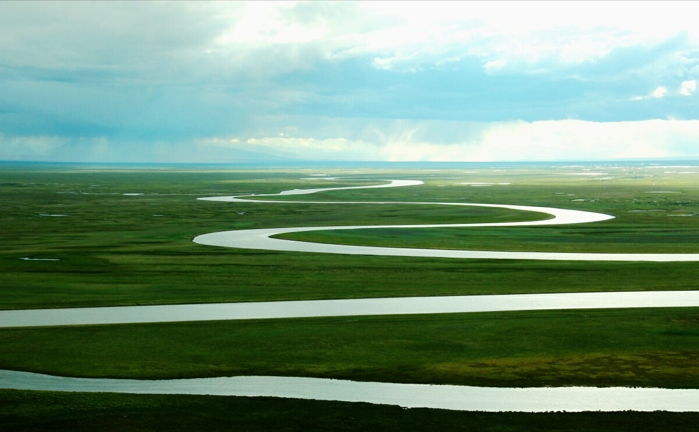
In Mongolian Bayinbuluk means a "fertile spring", with flat terrain and abundant water and grass. There are not only the paradise surrounded by snow peaks, but also the elegant and charming Swan Lake.
Swans, lakes, mountains, cattle and sheep, herdsmen and yurt to name just a few have constitute a gorgeous prairie painting.
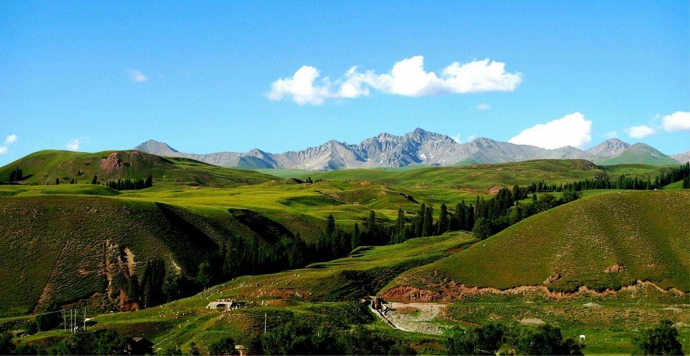
Gongnaisi National Forest Park
In Mongolian Gongnaisi means ‘A green valley', and It is a primitive forest, also known as "Snow Mountain Zoo". Snow chickens, red deer, brown bears and other animals live in it. It also produces valuable medicinal herbs such as snow lotus and fritillaria.
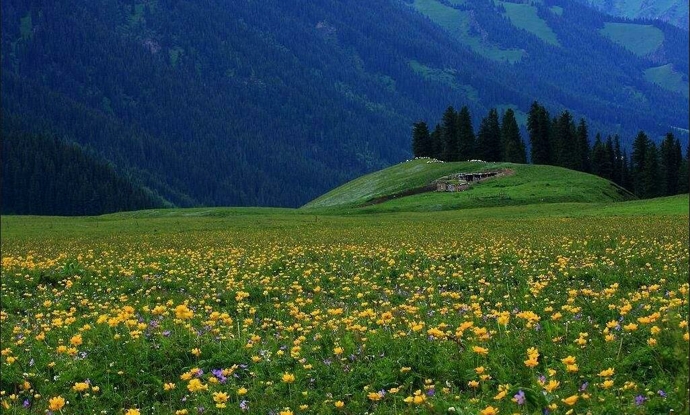
In the upper reaches of the Gongnaisi River, it is the site of the Gongnaisi forest farm, where pine trees and wild flowers grow all over the hills.
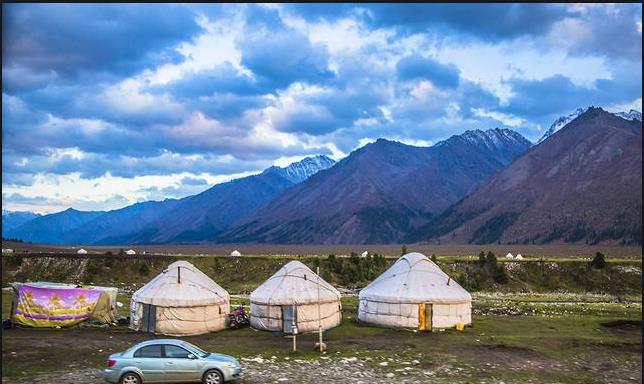
About 8 kilometres away from Honggarrick , the waterfall splashed over the rocks. Located in the northwest of the forest park, the lake is as clear as a mirror, the blue hills and green forests are reflected in the lake, the scenery is quite gorgeous.
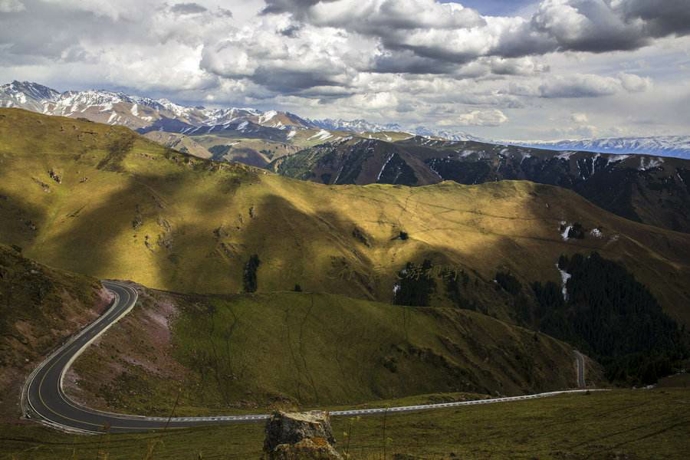
Xinjiang Qiaoerma scenic spot:
Qiaoerma area has beautiful scenery, with glaciers crisscrossing Mount Ilianhabierga and Mount Abu Geller in both north and south. The top of the mountain is plain glacier, and the valley is filled with glaciers.
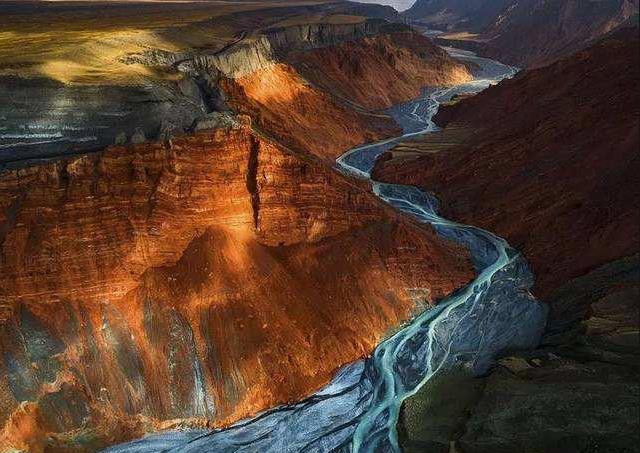
Xinjiang Dushanzi Grand Canyon:
Dushanzi Grand Canyon is a natural primitive travel resource, and it is in an undeveloped state and belongs to the canyon landform.
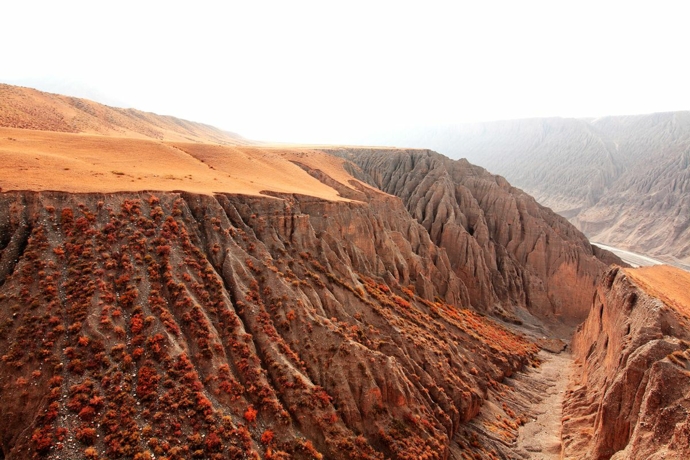
After the river rushed out of the Tianshan Mountains, it cut the magical scenery Canyon and formed the inclined plain in the southwest of Dushanzi. The terrace on both sides of the canyon can be divided into at least 9 grades, the terrace are desert steppe with Artemisia and Stipa etc.
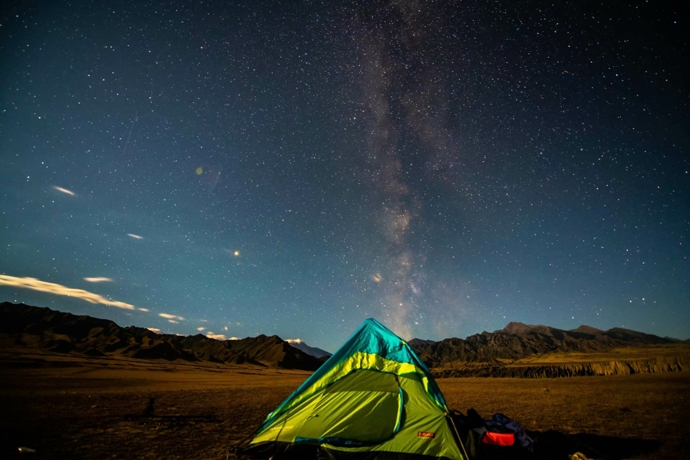
You can rent a car to travel Duku Highway.

